We want to see a world where no one is without shelter after disaster. With your help we provide shelter, essential items, and support to help some of the world’s most vulnerable people recover and rebuild their homes after disaster.
We know we can’t help everyone, but we can make a difference. To make sure we’re using our time, money, and people in the most effective way, we’ve spent time carefully developing our response criteria.
This will help us make tough decisions about when we do and don’t respond to sudden onset or rapidly escalating crises. It will guide our decision making and mean we can help more people with shelter and that first step towards recovery
1. NUMBER OF PEOPLE REQUIRING EMERGENCY SHELTER
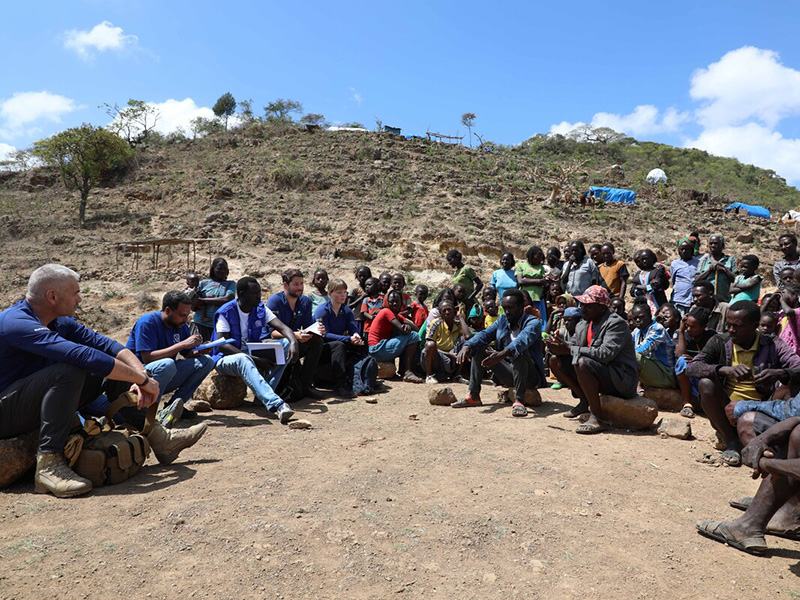
Are there likely to be at least 20,000 people with unmet emergency shelter needs?
Our experience shows that when fewer than 20,000 people have lost their homes, the local community, government, and other local organisations will often have the capacity to help provide emergency shelter.
With the scale and number of major disasters around the world increasing, we are more likely to look at responding to crises where more than 20,000 people are unlikely to have their shelter needs met. This helps to ensure we are using our resources effectively and efficiently, to support the greatest amount of people.
2. PERMISSION TO RESPOND
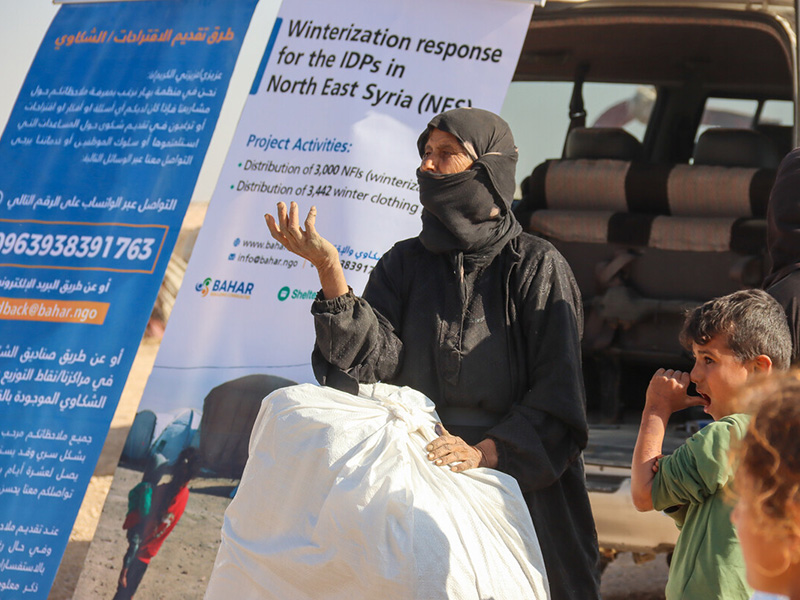
Is our response likely to be welcomed?
We need to make sure we have the right permissions to work and that our support is welcomed by the relevant authorities of the country affected.
We look at whether a state of emergency has been declared by the relevant government, and whether they have requested assistance nationally or internationally.
We coordinate with other organisations to understand what support is already being offered and to find ways of supporting people who would not be helped otherwise.
3. ABILITY TO OPERATE
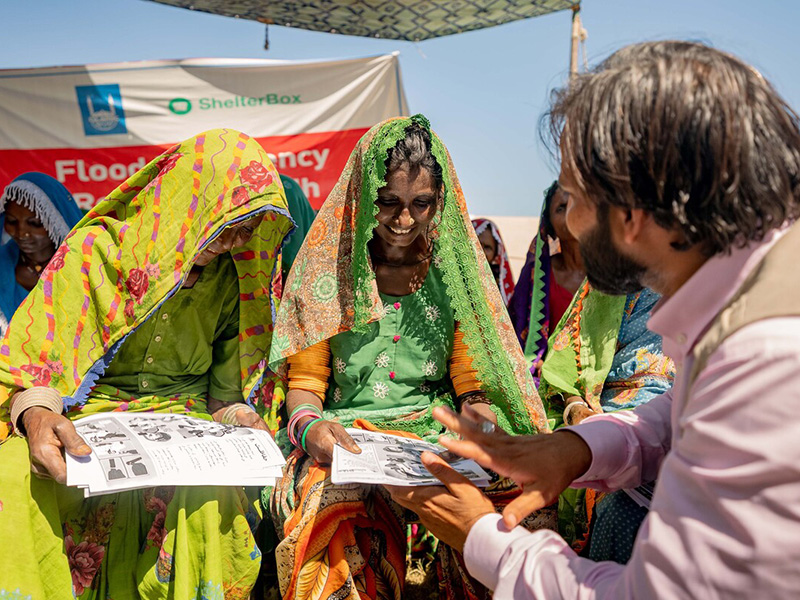
Do we have experience working in the country and partners we can work with?
We consider if we have an existing presence in the country and/or whether we have previous, relevant experience. We seek to understand the experience of our existing and potential partners, as well as what capacity local organisations have.
We also work to understand how likely access is.
4. SUITABILITY AND EFFECTIVENESS OF OFFER
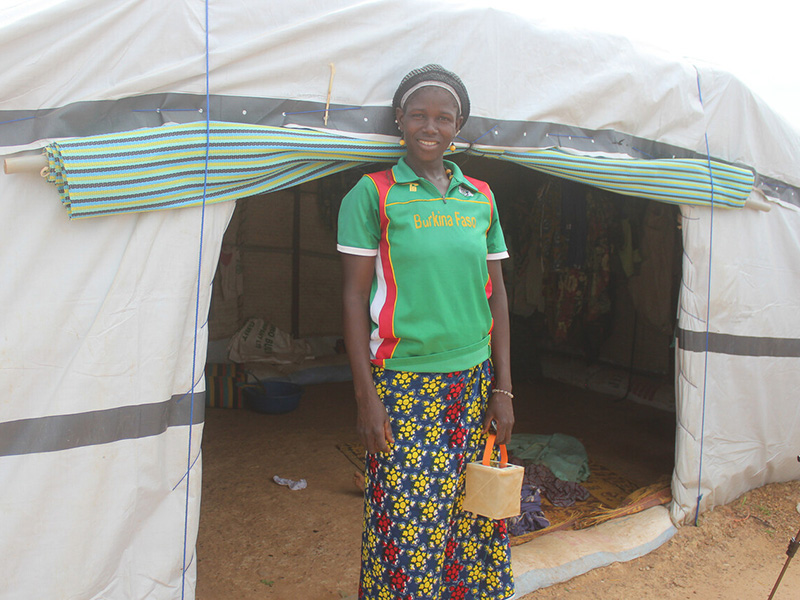
Will our emergency shelter aid be appropriate?
We work to understand if our emergency shelter and other household items are needed and/or wanted by affected communities. We look at whether the items we can provide are locally and culturally appropriate and suitable for the conditions people are living in and the type of disaster we’re responding to.
We also consider factors like whether people need to stay where they are to protect their land and whether spaces are being shared between families.
5. RESOURCE AVAILABILITY AND TIMELINESS
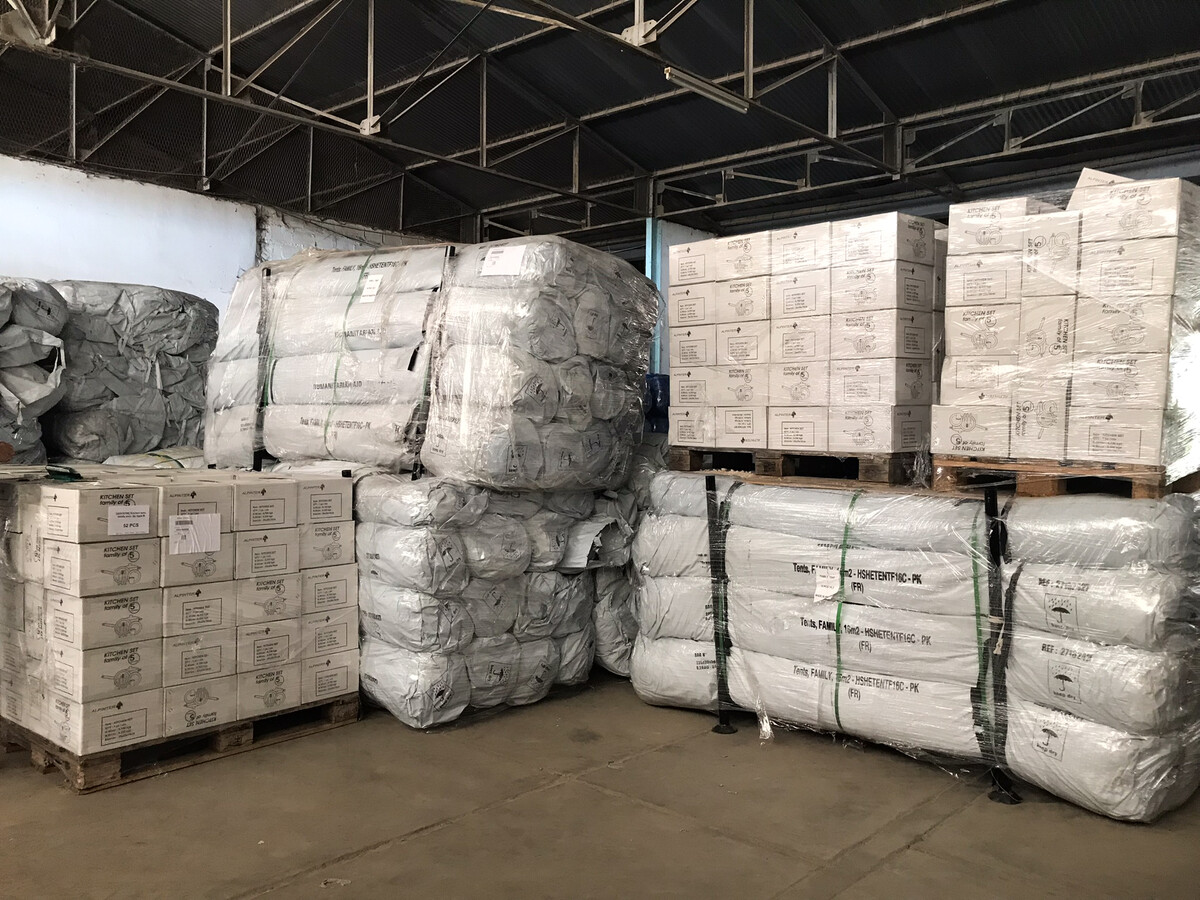
Do we have the right resources and how efficiently can we respond?
Our resources are limited so we must be sure we can give people the support they need in a timely way. We will only respond if we are able to commit the right support at the right time for those affected.
The increase and severity of disasters, the complexity of where we work, and the amount of support needed by people affected means we must think about timelines more holistically. We will plan carefully so we have the right amount of aid, funding, and team support to respond appropriately and responsibly for the length of time support may be needed.
6. SAFETY AND SECURITY
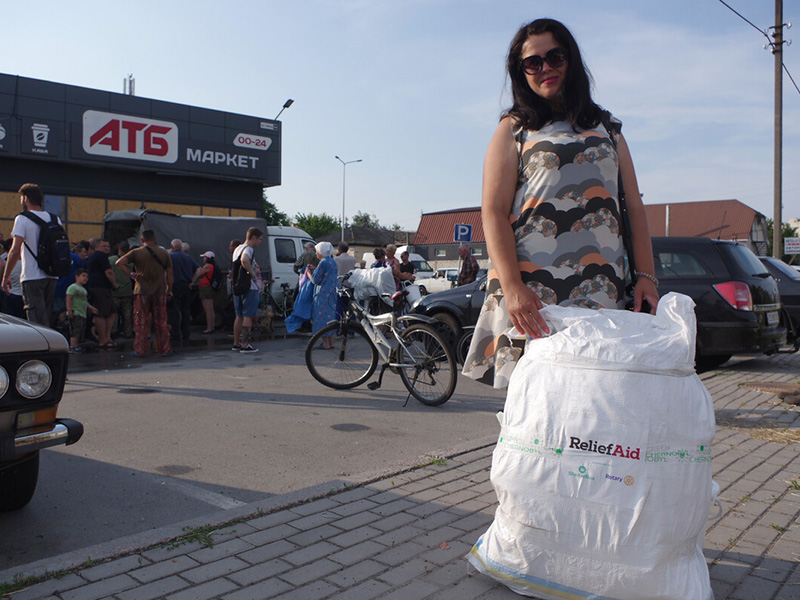
Can we respond safely?
We take the safety of our teams, partners, and the people we support seriously. We are experienced in working in lots of different and extreme situations around the world.
We will assess whether we are entering a secure environment and look at what steps we can take to ensure we are being as safe as possible. We work hard to understand the risks involved and the resources we will need to help local people, making sure our response can be carried out safely.
7. TIMEFRAME

How long will ShelterBox support be needed?
We plan our time to make sure our resources are used as effectively as possible. We carefully consider whether the need for emergency shelter might reduce. We want to focus on helping people who don’t have any other options for emergency shelters or support, and we’ll prioritise those who are least able to support themselves.
8. FUNDING
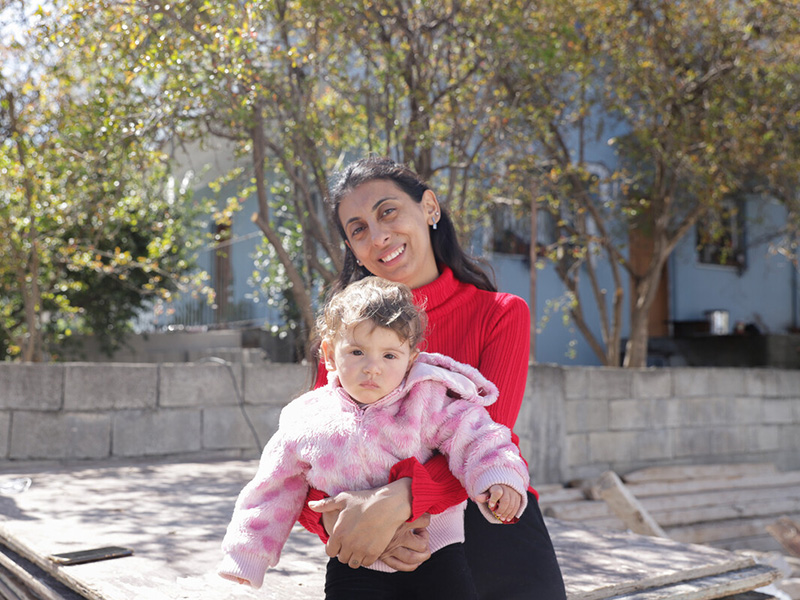
What funding is available?
We carefully consider what funds we have available, and are likely to become available, because it is crucial for us to respond effectively and responsibly. We need to also carefully consider the impact of funding a new emergency on our existing responses. We ensure we have the financial capacity to meet the needs of the people we are supporting, for the length of time support is needed.
RESPONDING ALL OVER THE WORLD
We do whatever it takes to support the most vulnerable families around the world who are affected by conflict and disaster.
Your support helps us to provide emergency shelter and tools needed by people robbed of their homes by disaster.
Together we are turning despair into hope and helping communities transform their own lives.
